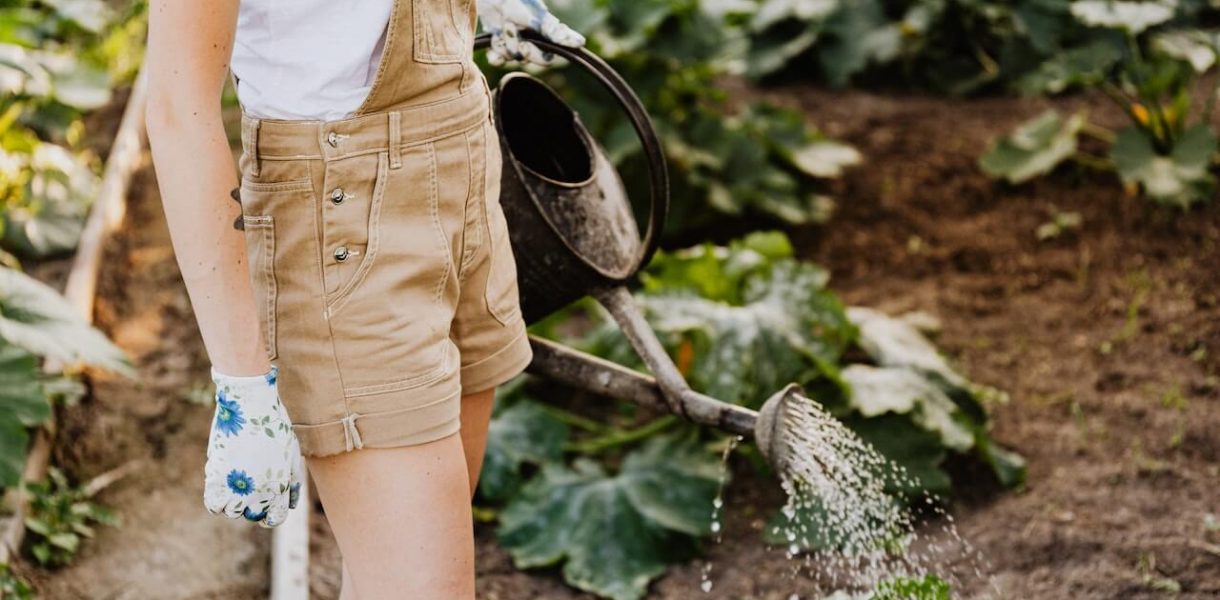In a world dominated by convenience and fast-paced lifestyles, there is a growing movement towards self-sufficiency and sustainable living. One of the most rewarding ways to embrace this lifestyle is by growing your own food. From plot to plate, cultivating your own fruits, vegetables, and herbs not only provides you with fresh and nutritious produce but also reconnects you with the natural world. In this article, we will explore the joys and benefits of growing your own food, along with practical tips to get started on your journey toward a bountiful garden.
The Benefits of Growing Your Own Food
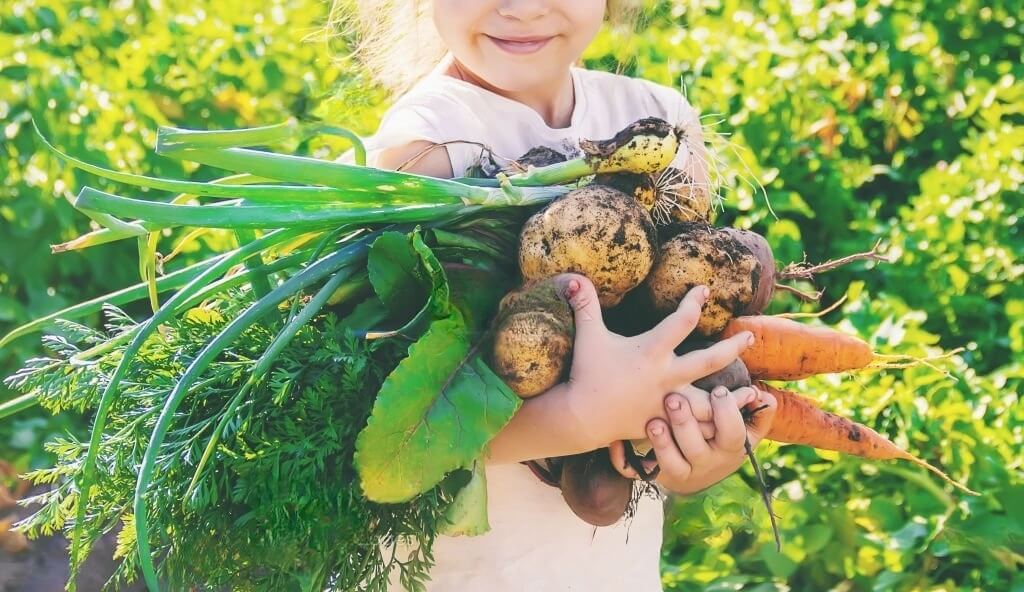
Enhancing Nutritional Value:
- Freshness and Flavor:
When you grow your own food, you can harvest produce at its peak ripeness, resulting in superior flavor and nutritional value compared to store-bought alternatives. - Control over Pesticide Use:
By growing your own food, you have complete control over pesticide use. You can choose organic methods or reduce the reliance on chemical pesticides, promoting healthier and safer produce for you and your family. - Varied and Nutrient-Rich Crops:
Growing your own food allows you to experiment with a diverse range of crops, including heirloom varieties that may not be readily available in supermarkets. This diversity enhances your diet with a wide array of essential nutrients.
Cost Savings:
- Reduced Grocery Bills:
Growing your own food can significantly reduce your grocery expenses. By investing time and effort into your garden, you can enjoy a bountiful harvest and cut down on your reliance on store-bought produce. - Elimination of Transportation Costs: By growing your own food, you eliminate the need for transportation from farms to supermarkets, reducing the associated costs and carbon footprint.
Environmental Sustainability:
- Reduced Carbon Footprint:
Growing your own food minimizes the carbon emissions associated with long-distance transportation, refrigeration, and packaging that occur in the conventional food system. - Preservation of Biodiversity:
By cultivating various crops in your garden, you contribute to the preservation of plant biodiversity, ensuring the survival of heirlooms and indigenous plant species.
Physical and Mental Well-being:
- Physical Exercise:
Gardening activities such as digging, planting, and weeding provide a form of low-impact exercise that keeps you physically active and promotes overall fitness. - Stress Relief and Relaxation:
Spending time in the garden surrounded by nature has a therapeutic effect, reducing stress levels and promoting relaxation. - Connection with Nature:
Growing your own food allows you to establish a deep connection with the natural world, fostering a sense of appreciation and responsibility for the environment.
Choosing the Right Plants for Your Garden
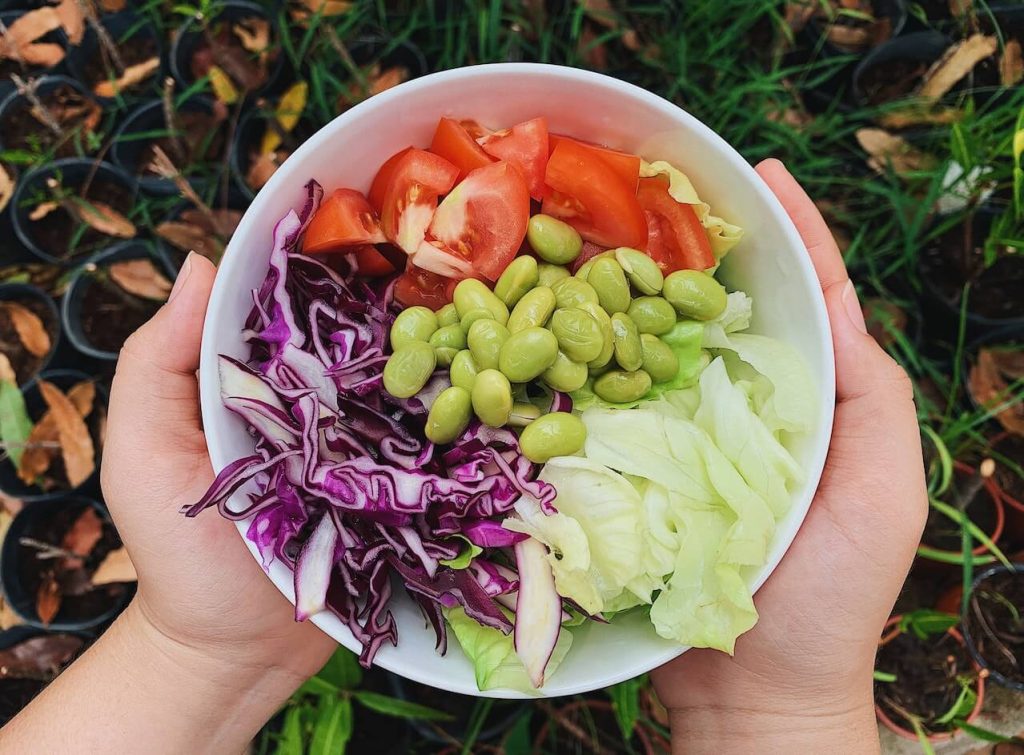
Assessing Available Space:
- Consideration of Sunlight and Shade:
Observe the sunlight patterns in your garden and choose plants that thrive in the available light conditions. Some crops require full sun, while others can tolerate partial shade. - Container Gardening for Limited Spaces:
If you have limited space, consider container gardening. It allows you to grow plants in pots, hanging baskets, or vertical structures, maximizing the use of small areas.
Climate and Seasonal Considerations:
- Understanding Local Growing Conditions:
Research the climate and growing conditions specific to your region. Consider factors such as temperature range, frost dates, and rainfall patterns to select plants that are well-suited to your area. - Selecting Appropriate Crops for Each Season:
Choose crops that align with your local growing seasons. Some plants thrive in cooler weather, while others require warmth to grow successfully.
Personal Preferences and Dietary Needs:
- Favorite Vegetables and Fruits:
Consider your personal preferences when selecting crops for your garden. Grow the fruits and vegetables that you and your family enjoy eating the most. - Dietary Restrictions or Special Considerations:
If you have dietary restrictions or specific nutritional needs, choose crops that align with your requirements. For example, if you follow a gluten-free diet, focus on growing gluten-free grains or alternatives.
Preparing the Soil and Starting Seeds
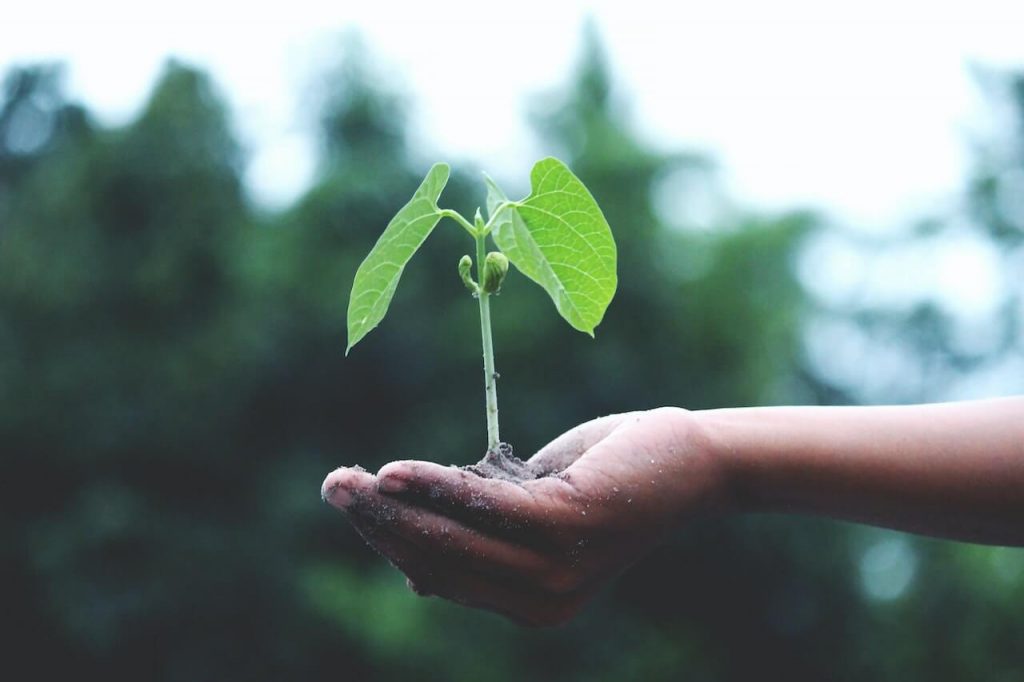
Soil Preparation:
- Clearing the Area and Removing Weeds:
Start by clearing the area where you plan to establish your garden. Remove any existing weeds or unwanted vegetation to create a clean growing space. - Soil Testing and Improvement Techniques:
Conduct a soil test to assess its fertility and pH levels. Based on the results, amend the soil with organic matter, such as compost or well-rotted manure, to improve its structure and nutrient content.
Starting Seeds:
- Germination and Seedling Care:
Start your plants with seeds by following the instructions on the seed packets. Provide the ideal conditions for germination, including proper moisture, temperature, and light levels. Care for the seedlings until they are ready for transplanting. - Transplanting Seedlings into the Garden:
Once the seedlings have developed a strong root system, transplant them into the prepared garden beds or containers, ensuring proper spacing for growth.
Nurturing Your Garden
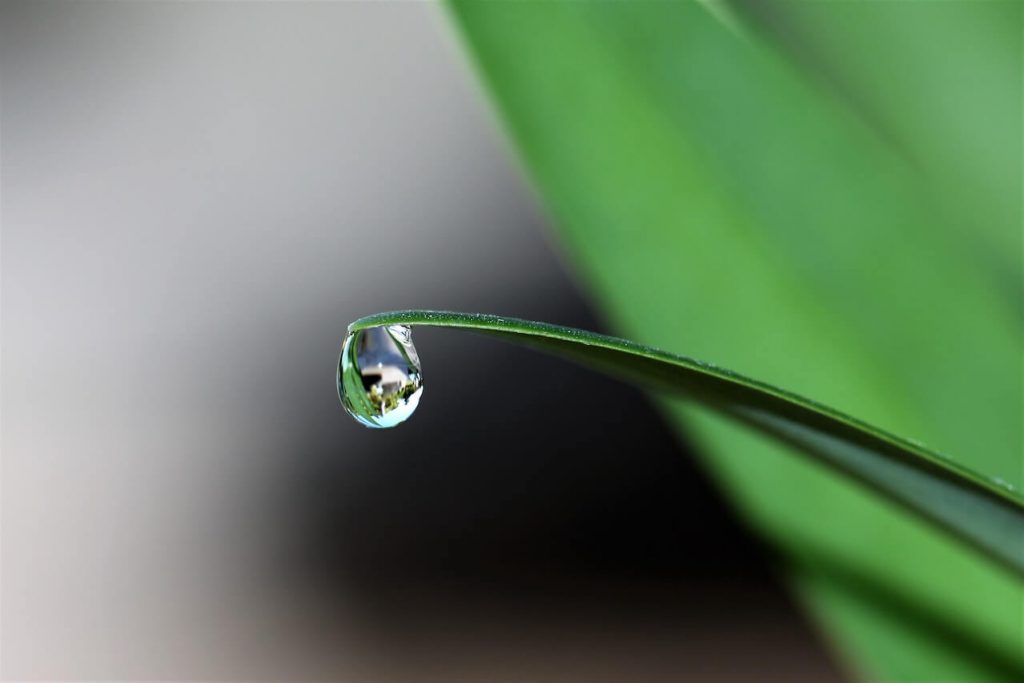
Watering and Irrigation:
- Proper Watering Techniques:
Water your plants deeply and infrequently, ensuring that the soil is evenly moist but not waterlogged. Avoid overhead watering, as it can promote the spread of diseases. - Efficient Irrigation Systems:
Consider installing drip irrigation or soaker hoses to deliver water directly to the plant roots, minimizing water waste through evaporation or runoff.
Weed and Pest Management:
- Mulching and Weed Control Methods:
Apply a layer of organic mulch around your plants to suppress weed growth and retain soil moisture. Regularly inspect your garden for weeds and remove them promptly by hand or using appropriate tools. - Organic Pest Control Options:
Employ natural pest control methods, such as companion planting, insect-repelling plants, physical barriers, and organic pest sprays, to manage pests without resorting to chemical pesticides.
Fertilization and Composting:
- Natural Fertilizers and Composting Basics:
Use organic fertilizers, such as compost, compost tea, or well-balanced organic fertilizers, to provide essential nutrients to your plants. Establish a composting system to recycle kitchen scraps and garden waste into nutrient-rich compost. - Soil Enrichment Techniques:
Implement soil-building techniques like crop rotation, cover cropping, and green manure to improve soil fertility and structure over time.
Harvesting and Enjoying Your Homegrown Produce
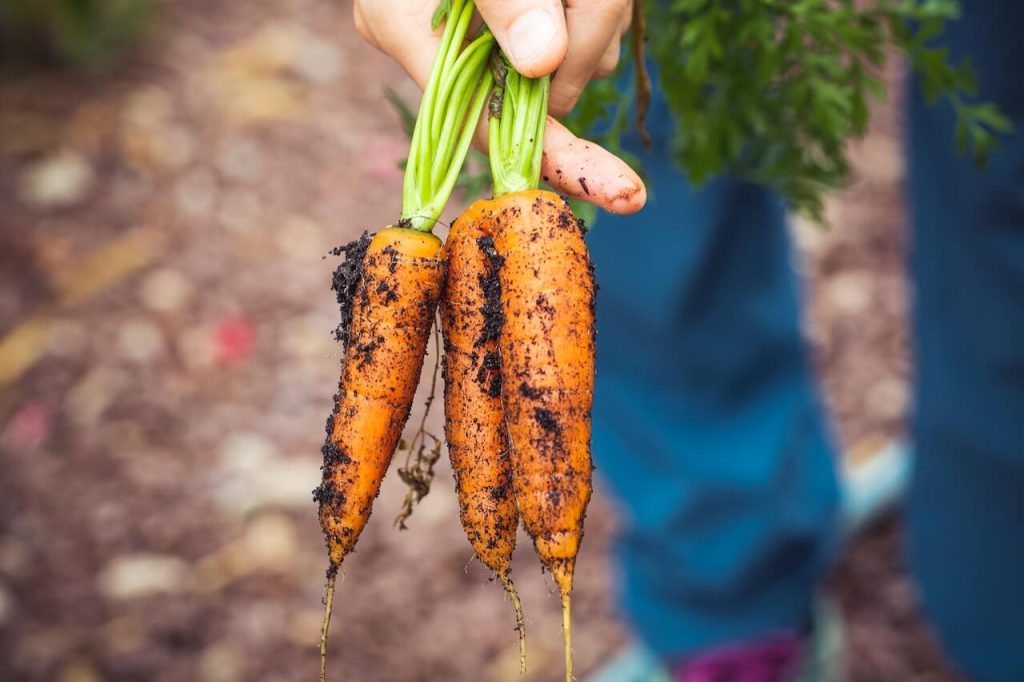
Identifying Harvest Time:
- Visual Cues for Ripeness:
Learn to identify visual cues, such as color, size, and texture changes, to determine when your crops are ready for harvest. Refer to plant-specific guidelines for precise information. - Harvesting Techniques for Different Crops:
Use appropriate harvesting techniques to avoid damage to the plant or produce. For instance, some vegetables require cutting with a knife, while others can be gently pulled from the vine.
Storage and Preservation:
- Proper Handling and Storage Tips: Handle harvested produce with care to prevent bruising or damage. Follow specific storage guidelines for each crop, considering factors like temperature, humidity, and ethylene sensitivity.
- Canning, Freezing, and Drying Methods: Preserve surplus harvest by canning, freezing, or drying fruits, vegetables, and herbs. These methods ensure long-term storage while retaining flavors and nutrients.
Culinary Adventures:
- Exploring Recipes with Homegrown Ingredients:
Get creative in the kitchen by incorporating your homegrown produce into various recipes. Experiment with different flavors and cooking techniques to fully enjoy the fruits of your labor. - Sharing the Bounty with Family and Friends:
Spread the joy of homegrown food by sharing your harvest with family, friends, and neighbors. Gift them with fresh produce or cook delicious meals to share goodness.
Growing your own food is a fulfilling and transformative journey that reconnects you with the natural world while providing numerous benefits. From enhanced nutritional value and cost savings to environmental sustainability and improved well-being, the advantages are plentiful. By choosing the right plants, preparing the soil, and nurturing your garden, you can experience the joy of harvesting and enjoying the fruits of your labor. So, roll up your sleeves, grab a shovel, and embark on your own plot-to-plate adventure. Happy growing!
